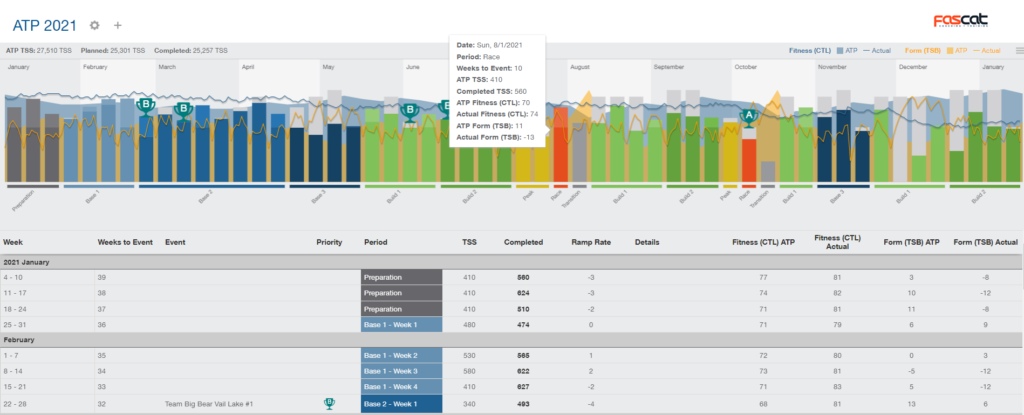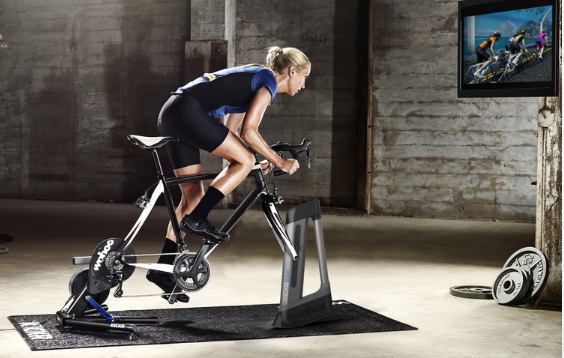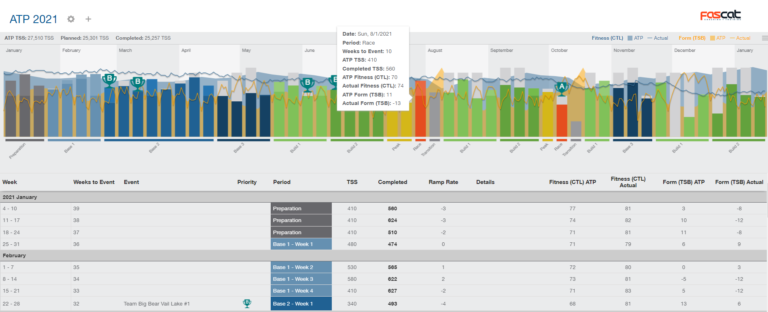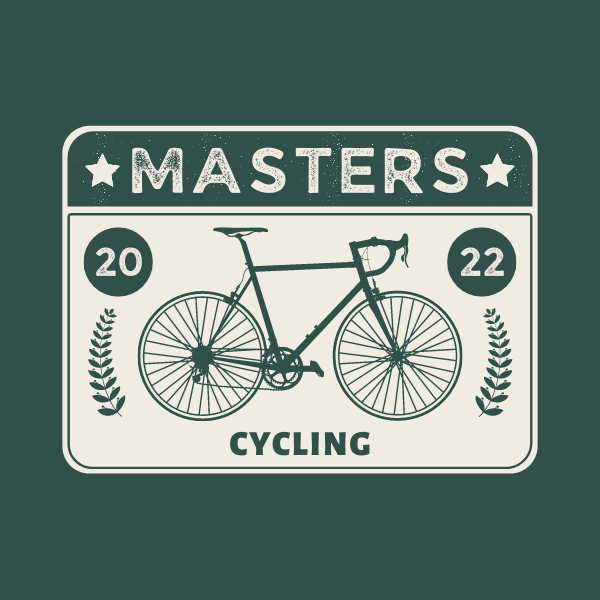How Masters Cyclists Can Overcome Cycling Limiters
Periodically, I like to reflect on the recent past and look forward to the future. If one of your goals is to become a faster bike rider, it’s an excellent idea to look at your cycling limiters, “the things you are doing or not doing that are holding you back.” Let’s look at some of the biggest cycling limiters that almost every cyclist, including me, has/is dealing with. Chances are high that one or all of the cycling limiters below limit your cycling abilities. If you eliminate limiter(s), you will get faster.
As a masters cyclist, it’s important to recognize that the journey to becoming a better cyclist is not always easy. While you may have years of experience and a deep love for the sport, there will always be areas where you can improve. These areas, also known as cycling limiters, can be physical, mental, or even emotional, and they can hold you back from reaching your full potential. However, by following the steps outlined below, you can overcome your cycling limiters and achieve your goals.
Step 1: Identify Your Limiters
The first step in overcoming cycling limiters is to identify them. Common cycling limiters for masters cyclists include endurance, power, speed, and technical skills. However, it’s important to remember that everyone’s limiters are different. To identify your specific limiters, start by analyzing your performance in different types of rides. For example, are you struggling with hill climbs? Do you find it hard to maintain speed on flat terrain? Are you struggling to keep up with group rides?
Once you’ve identified your limiters, set specific and measurable goals for improvement. For example, if endurance is a limiter, set a goal to ride a certain distance or complete a specific route without stopping. If power is a limiter, set a goal to increase your power output by a certain percentage. Having specific goals will help you focus your training efforts and measure your progress.
Useful Links:
How Masters Cyclists Can Overcome Cycling Limiters
Step 2: Develop a Plan

Once you’ve identified your limiters and set goals, the next step is to develop a plan to overcome them. While it’s tempting to jump straight into training, it’s important to seek expert advice and guidance. This could include working with a coach or joining a cycling group. A coach can help you identify specific areas to work on and provide guidance on how to improve. A cycling group can provide motivation and support as you work towards your goals.
When developing your plan, be sure to take into account your individual strengths and limitations. For example, if you’re not a morning person, don’t schedule early morning rides as part of your training plan. As a masters cyclist, be realistic about the time and resources you have available and set achievable goals.
Useful links on Training Plans:
Comprehensive Review of the Most Popular Masters Cycling Training Programs
The Ultimate Weight Loss Guide for the Masters Cyclist
Step 3: Train Consistantly
Consistent training is key to a masters cyclist overcoming cycling limiters. This means setting a regular training schedule and sticking to it. If you’re new to cycling, start with shorter rides and gradually build up to longer distances. If you’re a more experienced cyclist, incorporate interval training and hill repeats to improve your speed and power.
It’s also important to track your progress and make adjustments to your training plan as necessary. Use a cycling app or device to monitor your rides and track your progress towards your goals. If you’re not seeing the results you want, adjust your training plan or seek guidance from a coach or cycling group.
Useful links on consistency:
Cycling Motivation-How to Stay Motivated as a Masters Cyclist
How to Create an Annual Cycling Plan for the Masters Cyclist in 2023
Step 4: Incorporate Strength Training
Strength training is an important part of any cycling training plan, especially for masters cyclists. As we age, our muscle mass decreases, which can affect our cycling performance. Incorporating strength training into your cycling routine can help increase your power and endurance.
Effective strength training exercises for cycling include squats, lunges, deadlifts, and core exercises. You can do these exercises at home or at the gym. It’s important to start with light weights and gradually increase the weight as you become stronger.
Strength Training for Cyclists
Step 5: Address Nutrition and Recovery
Nutrition and recovery are often overlooked aspects of cycling training, but they can have a big impact on performance. Eating a balanced diet that includes protein, carbohydrates, and healthy fats can help fuel your rides and aid in recovery. Be sure to hydrate before, during, and after rides, especially in hot weather
For the masters cyclist, it’s also important to prioritize recovery to allow your body time to heal and rebuild after tough rides or strength training sessions. This can include stretching, foam rolling, and getting enough sleep.
Useful Links:
What a Masters Cyclist Should Eat and Drink on a Bike Ride
Step 6: Focus on Mental Preparation
Cycling is not just a physical sport, it’s also a mental one. As a masters cyclist, it’s important to focus on mental preparation to overcome cycling limiters. This means developing mental toughness and resilience to push through tough rides and overcome challenges.
There are many ways to work on mental preparation, including visualization, positive self-talk, and mindfulness. Visualization involves the masters cyclist imagining himself successfully completing a ride or overcoming a specific challenge. Positive self-talk involves reframing negative thoughts into positive ones. Mindfulness involves being present in the moment and focusing on your breath or surroundings.
Step 7: Embrace the Journey
Finally, it’s important to embrace the journey of overcoming cycling limiters as a masters cyclist. Remember that progress is not always linear and setbacks are a normal part of the process. Celebrate your successes along the way and don’t be too hard on yourself when things don’t go as planned.
Cycling is a lifelong sport, and there is always room for improvement. Embrace the journey and enjoy the process of becoming a better cyclist.
In conclusion, overcoming cycling limiters as a masters cyclist requires a combination of physical, mental, and emotional preparation. By identifying your limiters, developing a plan, training consistently, incorporating strength training, addressing nutrition and recovery, focusing on mental preparation, and embracing the journey, you can reach your full potential as a cyclist. Remember to be patient with yourself and celebrate your successes along the way. Happy riding!
John







For my thesis, I consulted a lot of information, read your article made me feel a lot, benefited me a lot from it, thank you for your help. Thanks!
Cool. I spent a long time looking for relevant content and found that your article gave me new ideas, which is very helpful for my research. I think my thesis can be completed more smoothly. Thank you.